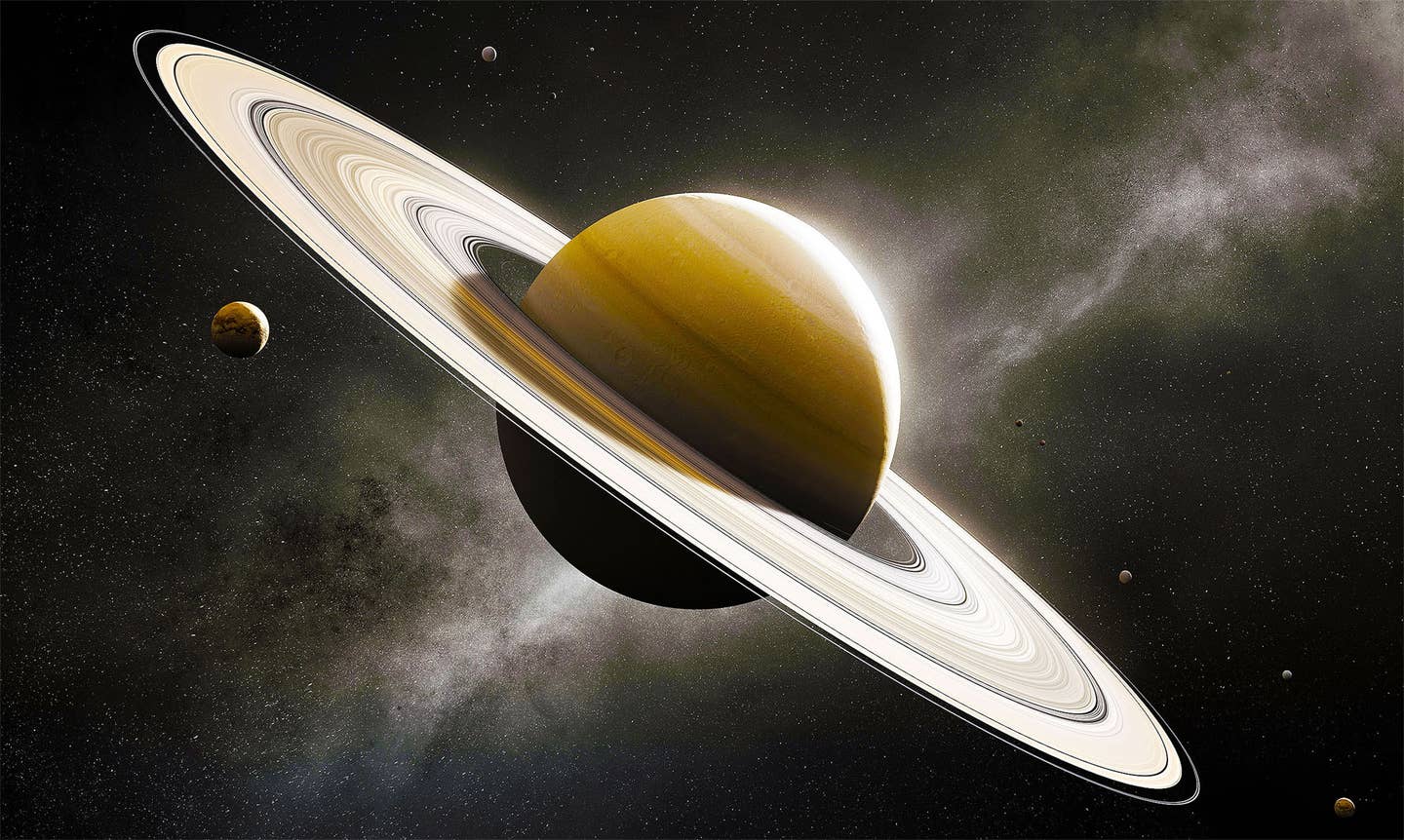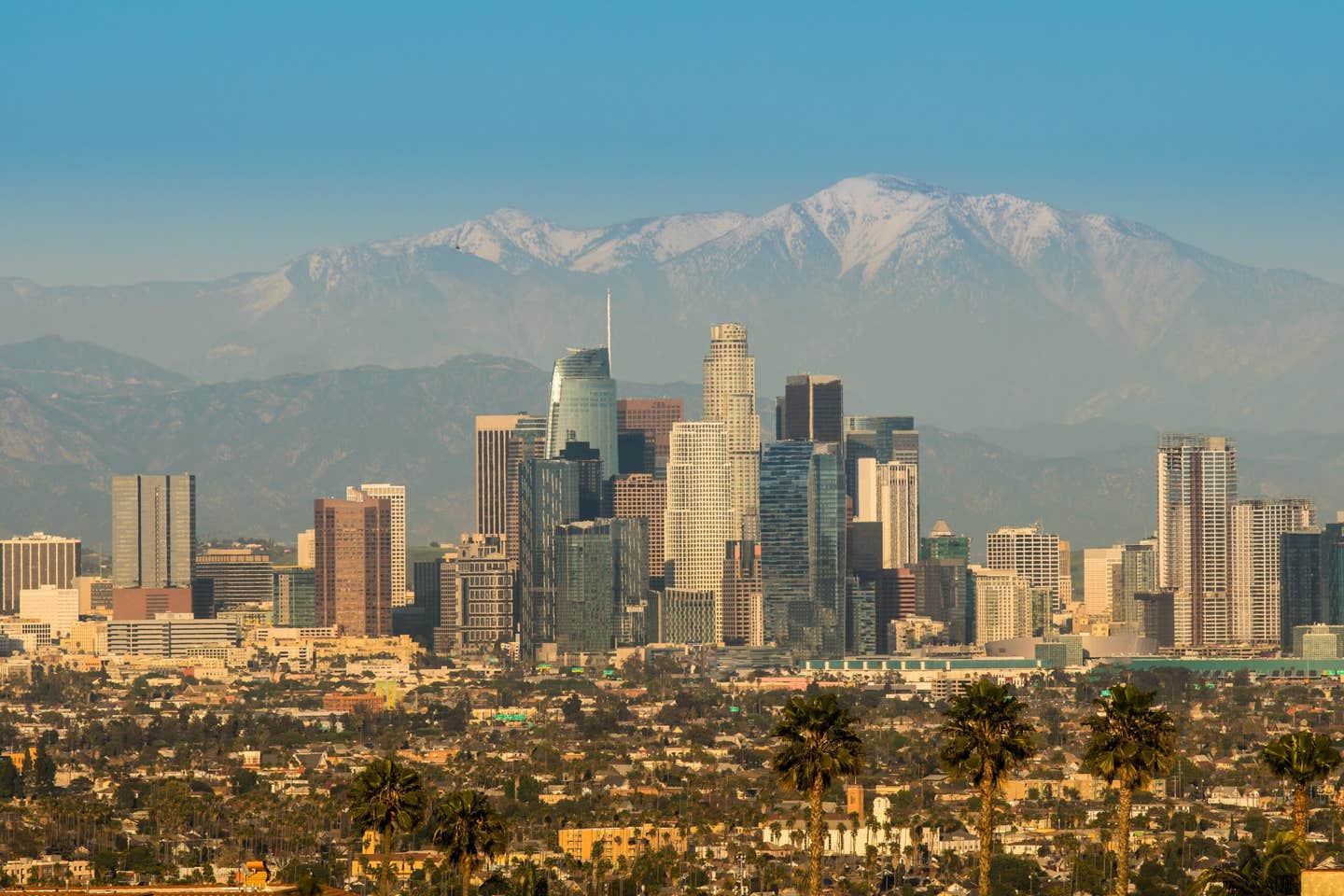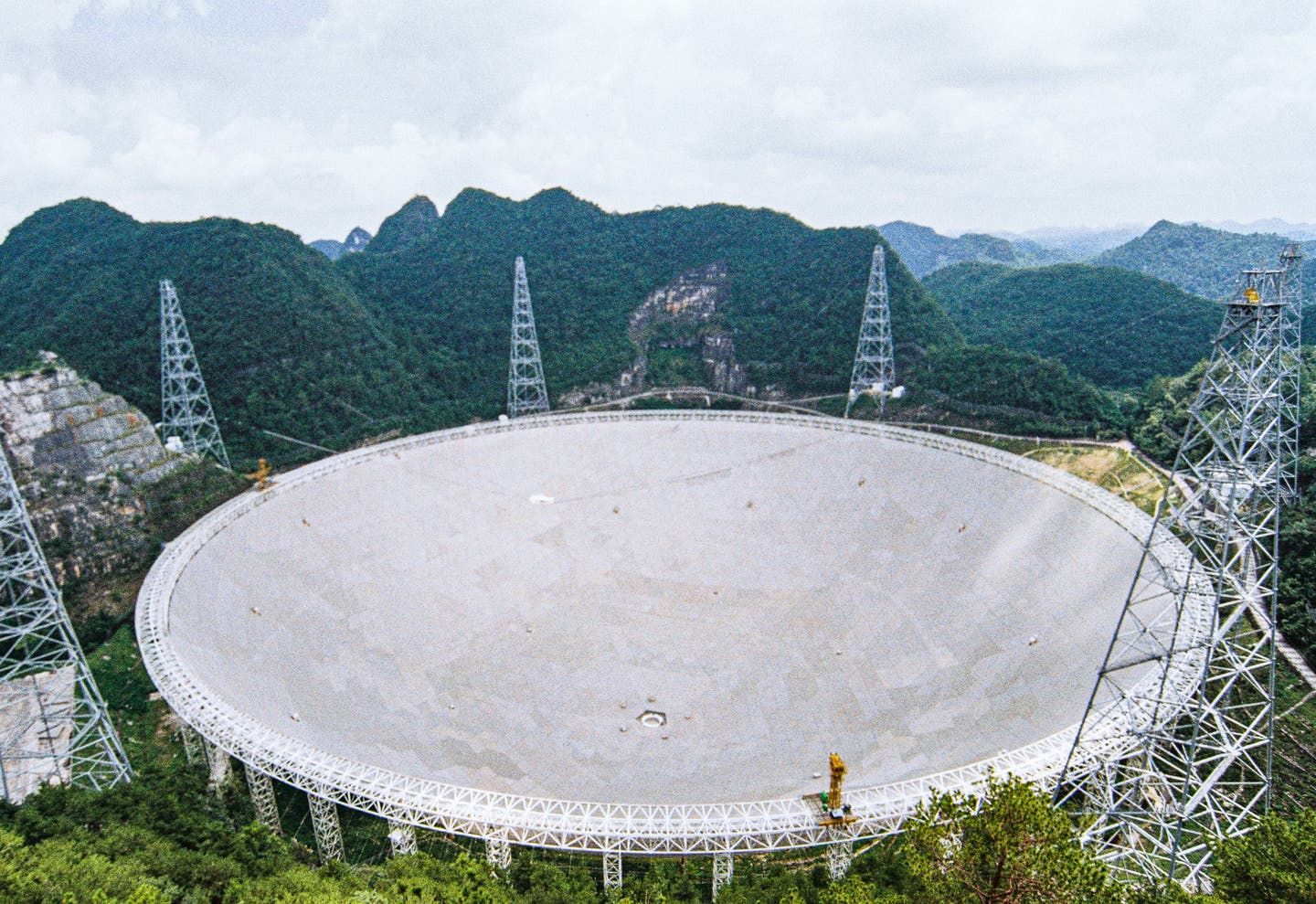Scientists discover the origins of Saturn’s rings and moons
New simulations reveal Saturn’s rings formed from moon collisions, raising questions about the planet’s history and potential for life.

New research uncovers the recent origins of Saturn’s rings, offering fresh insights into the planet’s dynamic history. (CREDIT: CC BY-SA 4.0)
Saturn’s rings are a celestial marvel that have long fascinated astronomers and casual stargazers alike. Visible from Earth through modest telescopes, these shimmering halos are not only captivating but also steeped in mystery.
Scientists have recently revealed a compelling theory about their origins, using advanced supercomputer simulations to peer into a time when dinosaurs roamed our planet.
This research offers a glimpse into the dramatic events that might have shaped Saturn’s rings and moons, and raises tantalizing questions about the potential for life within this enigmatic planetary system.
New findings suggest that Saturn’s rings formed a few hundred million years ago—relatively recent in cosmic terms—from the debris of two icy moons colliding and shattering. Such a cataclysmic event could have also contributed to the formation of some of the planet’s current moons.
Jacob Kegerreis, a research scientist at NASA’s Ames Research Center, notes, “There’s so much we still don’t know about the Saturn system, including its moons that host environments that might be suitable for life. It’s exciting to use big simulations like these to explore how they could have evolved.”
NASA’s Cassini mission had previously indicated that Saturn’s rings are surprisingly young. This realization prompted further questions about their formation, driving researchers to create high-resolution models of potential collision scenarios.
Using the SWIFT open-source simulation code on Durham University’s Distributed Research using Advanced Computing (DiRAC) supercomputing facility, the team simulated nearly 200 different impacts between precursor moons.
Their results revealed that such collisions could scatter icy debris into Saturn’s Roche limit, where the planet’s gravity prevents larger bodies from forming, allowing rings to take shape instead.
Related Stories
Saturn’s rings are composed almost entirely of ice, with little to no rock. This distinct composition puzzled scientists until the new simulations provided an explanation: when icy moons collide, their rocky cores remain intact or are scattered less widely than the surrounding ice.
Vincent Eke, a physicist at Durham University, explains, “This scenario naturally leads to ice-rich rings. When the icy progenitor moons smash into one another, the rock in the cores of the colliding bodies is dispersed less widely than the overlying ice.”
The aftermath of such an impact likely caused a cascade of collisions among other moons in the system. This chain reaction may have eroded existing moons and created new ones from the resulting debris. The potential trigger for the original collision lies in the gravitational interplay between the Sun and Saturn’s moons.
Over time, the Sun’s pull can destabilize orbits, particularly in configurations where resonance effects amplify these small perturbations. Such interactions could elongate or tilt the orbits of moons, ultimately forcing them to cross paths and collide.
One example of this resonance phenomenon is Saturn’s moon Rhea, which orbits just beyond the range where such destabilization would occur. Rhea’s remarkably circular and flat orbit suggests it formed more recently, avoiding the gravitational disruptions that would have affected older moons. This evidence aligns with the hypothesis that Saturn’s rings and some of its moons are geologically young.
Cassini’s detailed observations provided crucial insights into the rings’ age and mass. The rings are primarily icy, with more than 95% of their mass composed of water ice. Over time, micrometeoroid bombardment darkens the rings, offering clues to their exposure age.
Current estimates place their age at less than a few hundred million years, supported by measurements of their mass, composition, and rate of micrometeoroid impacts. Scientists estimate the total mass of the rings to be around 1.5 × 10¹¹ kilograms, roughly equivalent to the mass of Saturn’s moon Mimas.
Remarkably, Saturn’s rings are also losing mass at a significant rate. Studies suggest that micrometeoroid impacts and the transport of ejected particles are eroding the rings, making them ephemeral in cosmic terms. If this mass loss has continued at its current pace, the rings may have started with a mass one to several times that of Mimas, forming within the last few hundred million years.
The transient nature of Saturn’s rings contrasts with earlier theories of their origin. Past hypotheses suggested the rings formed billions of years ago, either as remnants of a destroyed moon or a tidally disrupted comet. However, such events are statistically unlikely in the current solar system.
More recent theories propose that Saturn once had additional moons, one of which destabilized and collided with the planet, ejecting ice and rock into orbit. This scenario, occurring about 100 million years ago, aligns with Saturn’s current ring mass and structure.
Saturn’s system of moons also offers clues to its dynamic history. Rhea’s low inclination—its deviation from a flat orbit around Saturn—is much smaller than expected if the moon had survived a past resonance event. This indicates that Rhea likely formed or re-formed outside of such disruptions, further supporting the idea of a relatively recent reorganization of Saturn’s moons.
The tidal forces acting on Saturn’s moons reveal additional complexities. These forces, which govern the moons’ migrations, appear to act faster than previously thought, potentially due to resonances with Saturn’s internal gravity waves.
This accelerated evolution suggests that some moons, like Rhea, have migrated outward more rapidly than anticipated, avoiding destabilizing resonances. Such findings challenge earlier models that assumed slower tidal evolution and offer a new framework for understanding the Saturn system.
High-resolution simulations of moon collisions bolster these theories. Advanced models with millions of particles reveal how debris from such impacts could form rings or reaccrete into moons. These simulations account for factors like fragmentation, debris transport, and interactions with other moons.
The results suggest that collisional cascades could have reshaped Saturn’s satellite system, delivering material into the Roche limit to create the rings.
While these scenarios explain many features of Saturn’s rings and moons, questions remain. For instance, could the icy moons like Enceladus, which harbors a subsurface ocean, have formed recently enough to retain conditions favorable for life?
And what does the apparent youth of Saturn’s rings and moons imply about the planet’s ancient satellite system? Ongoing research aims to answer these questions, building on the foundations laid by missions like Cassini and the latest computational models.
Saturn’s rings stand as a testament to the dynamic processes shaping our solar system. Their fleeting nature reminds us that even seemingly permanent celestial features are subject to change.
As scientists continue to probe the mysteries of Saturn, they uncover not only the planet’s past but also its potential to illuminate broader questions about planetary systems and the conditions for life.
Note: Materials provided above by The Brighter Side of News. Content may be edited for style and length.
Like these kind of feel good stories? Get The Brighter Side of News' newsletter.



